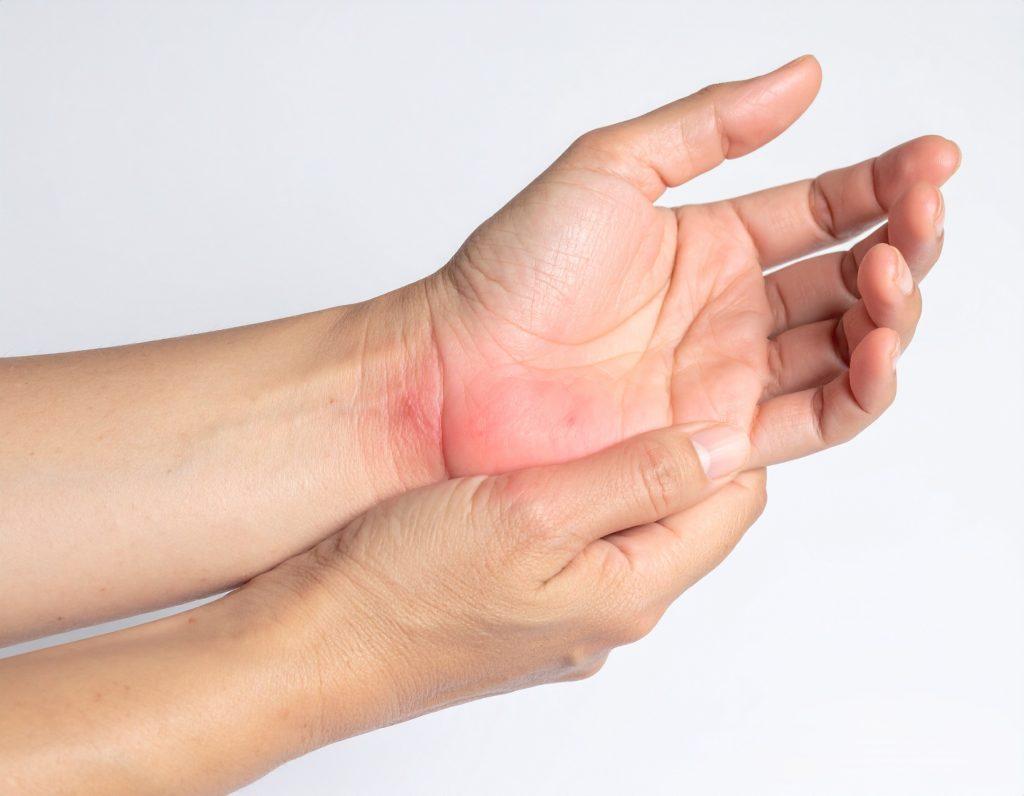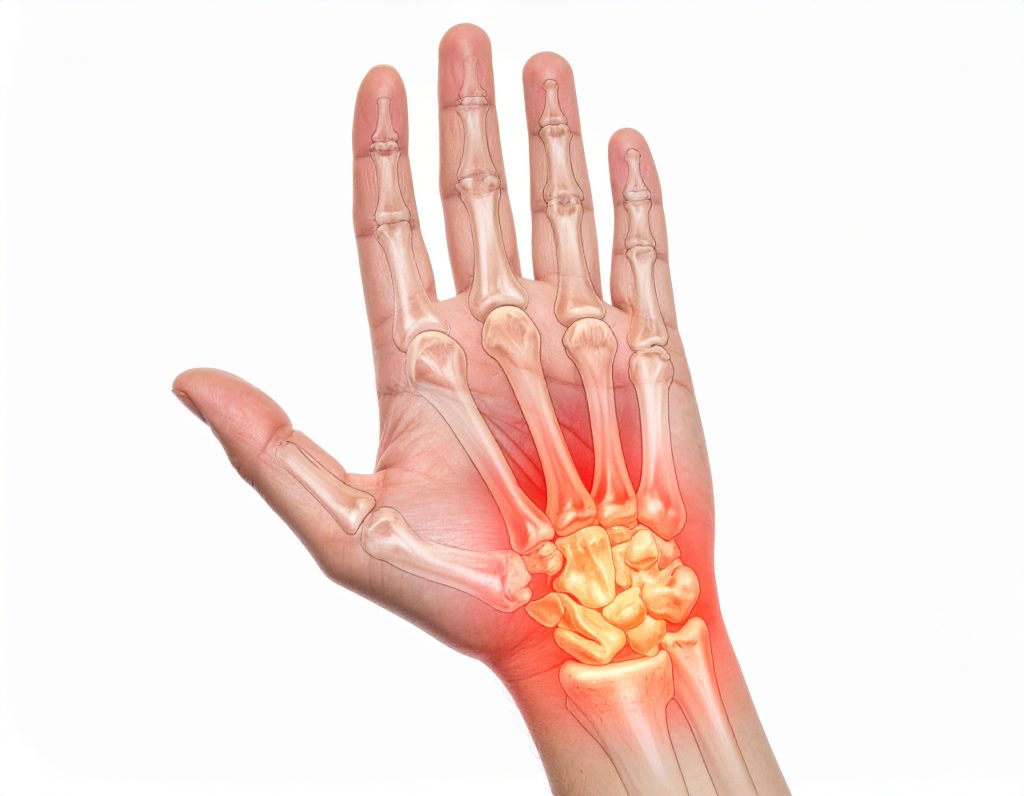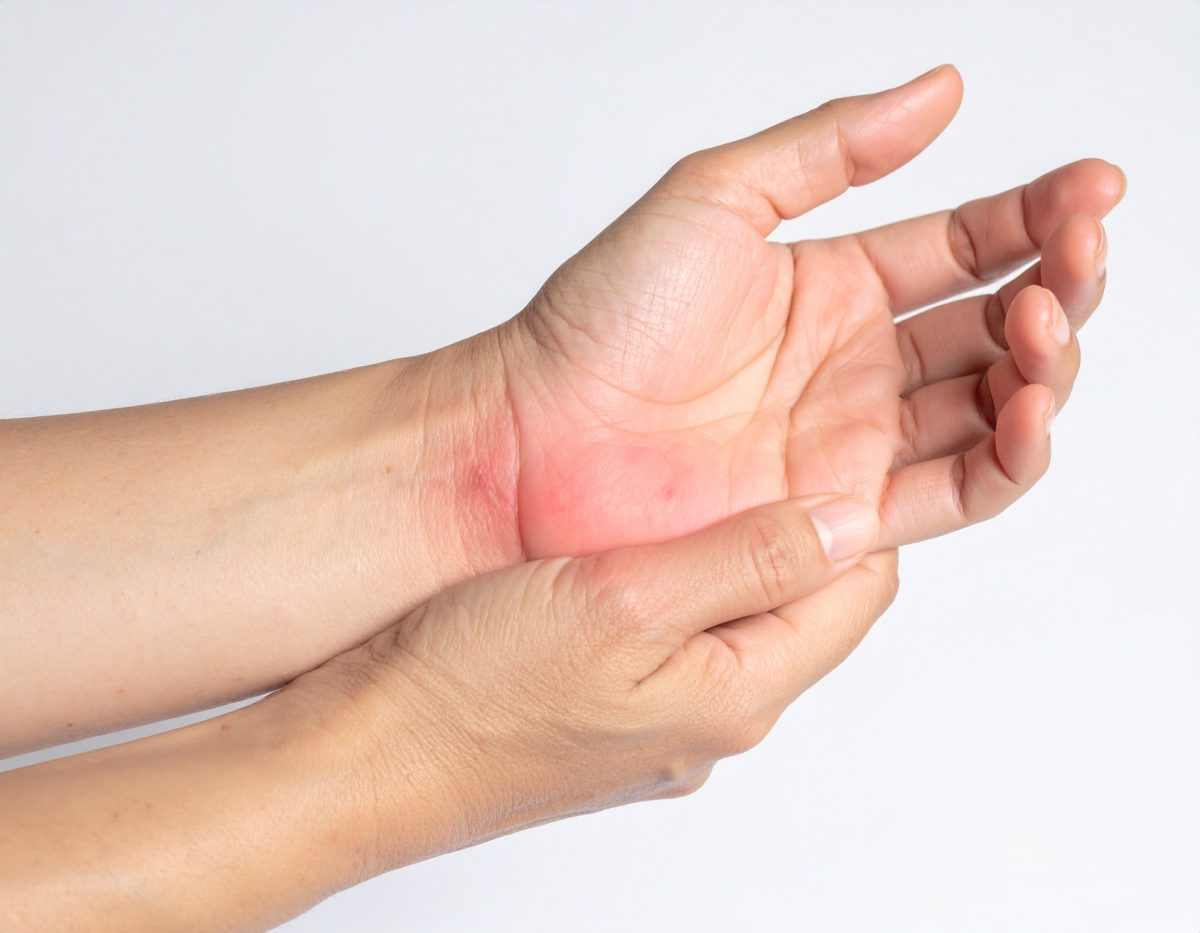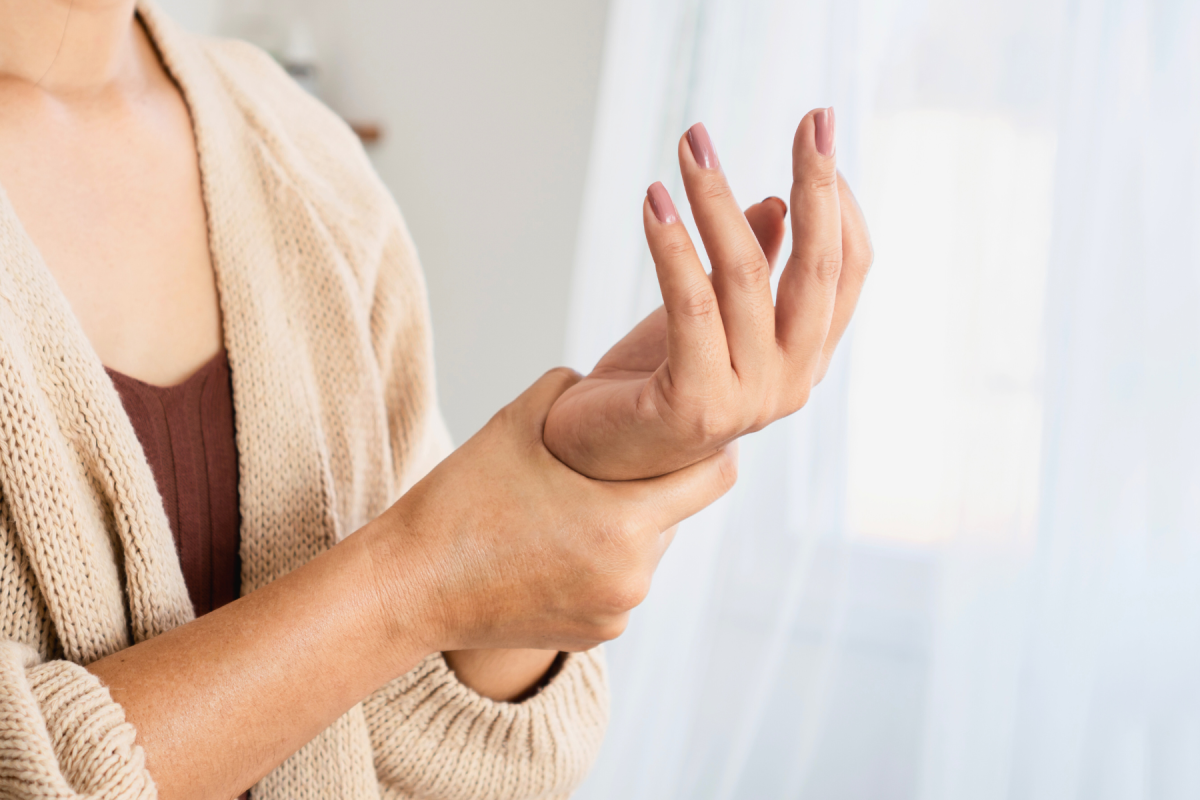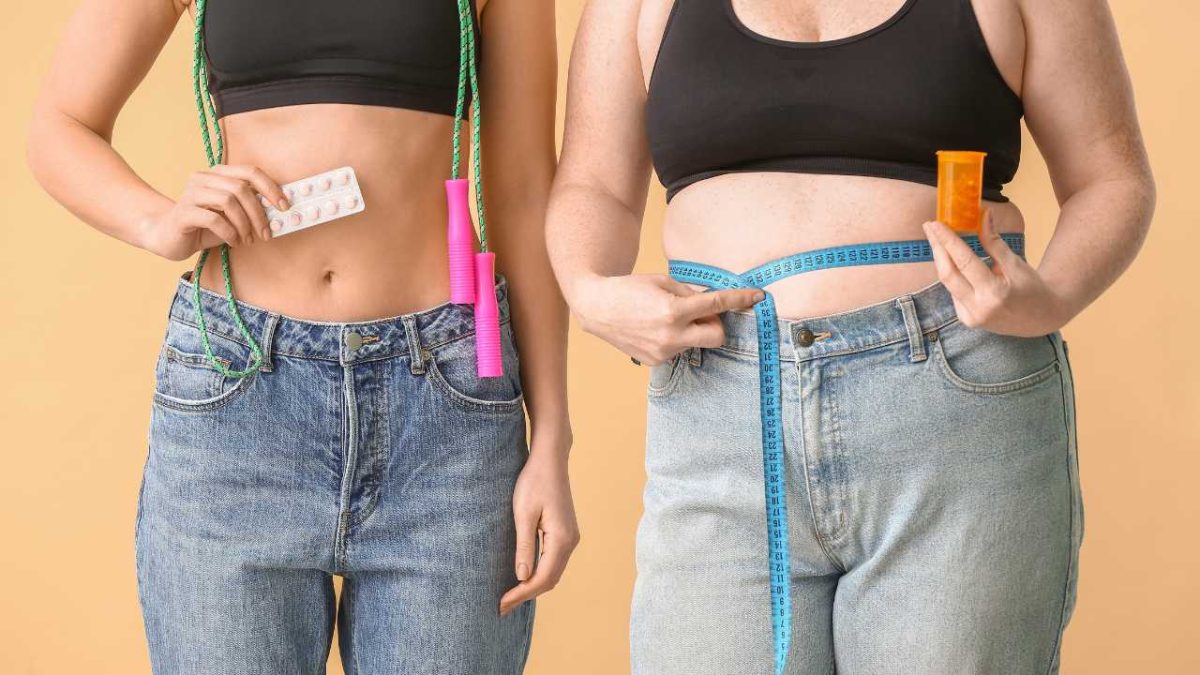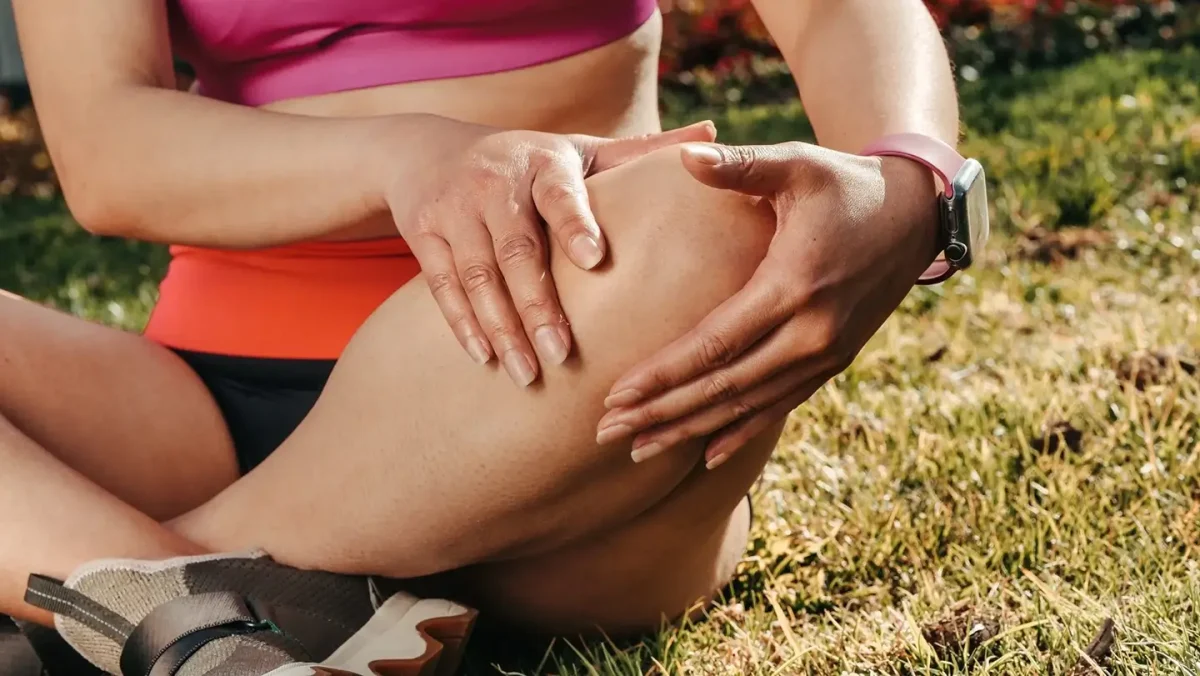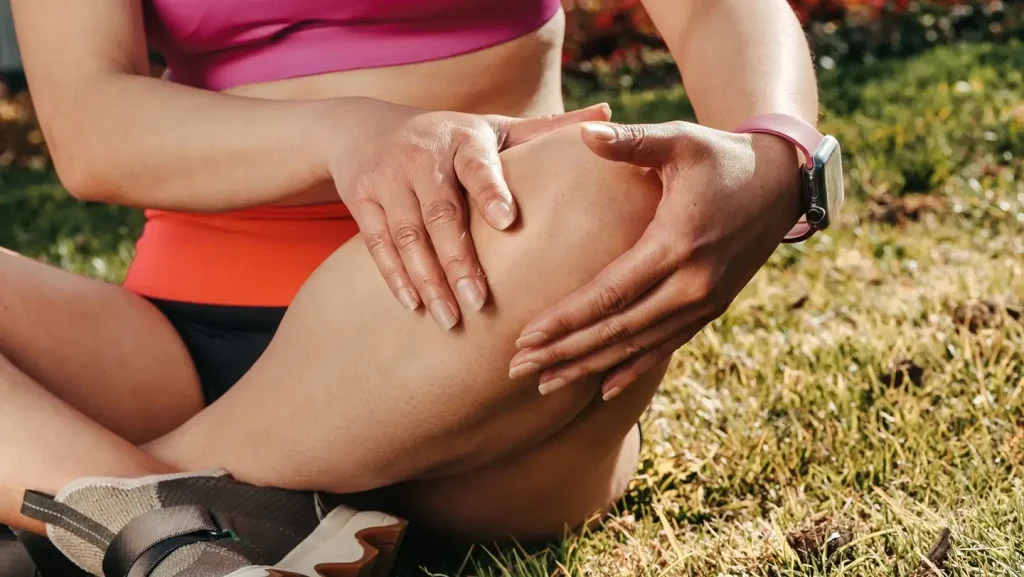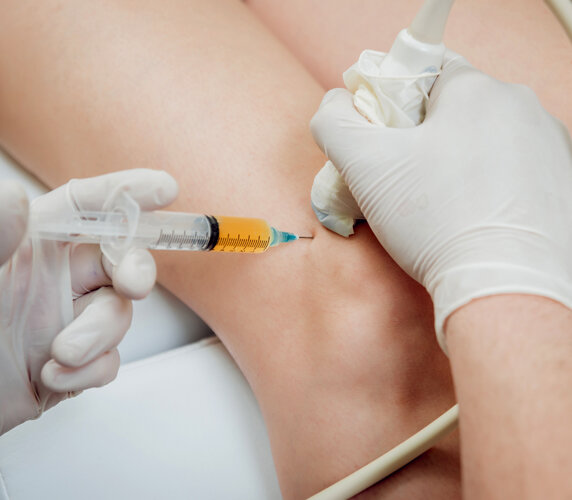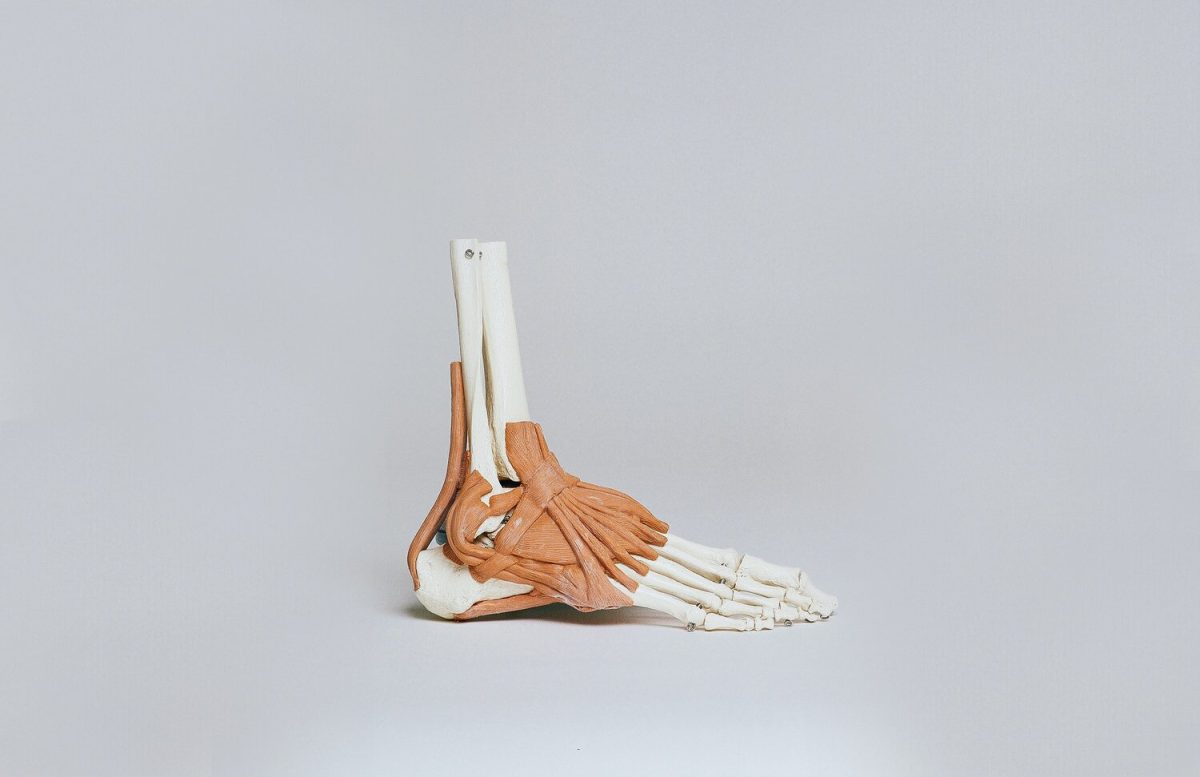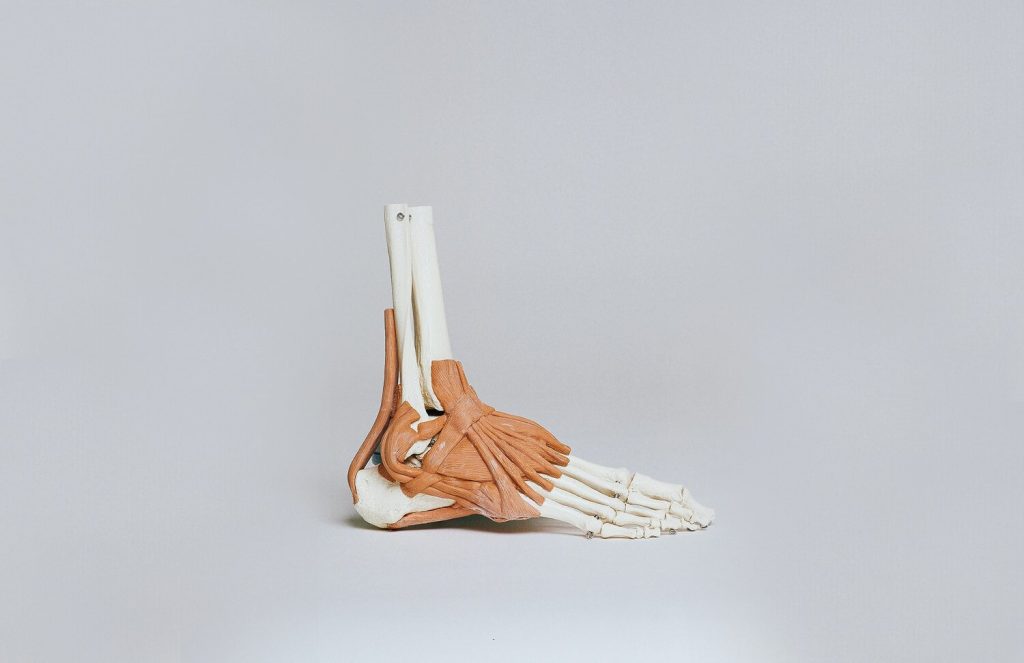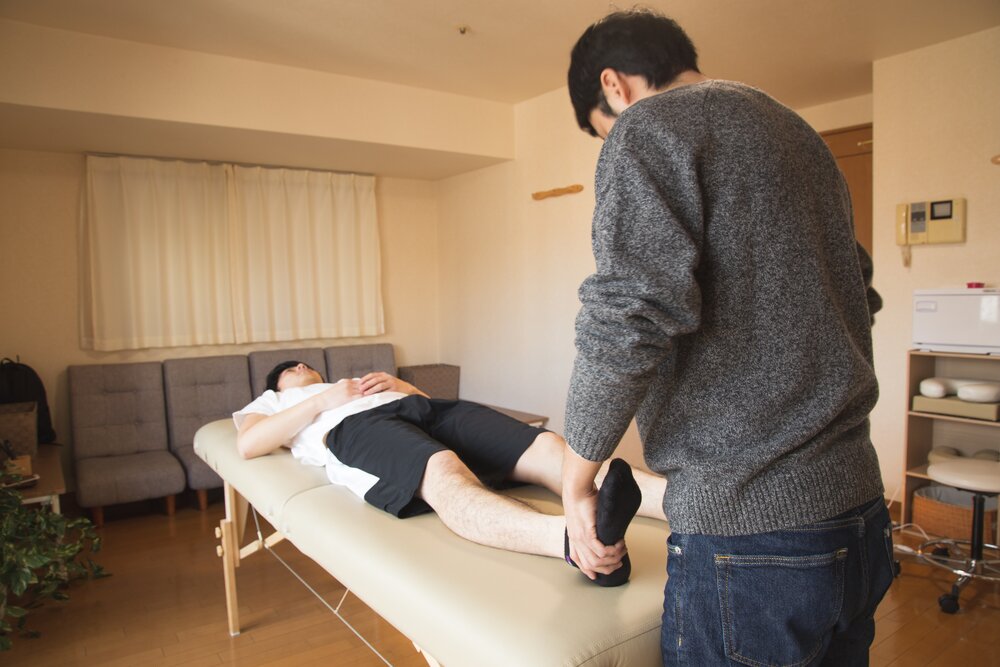How do you know how to choose the best possible injection therapy for your knee, hip, or shoulder pain?
This question is like many other simple questions that don’t have simple answers. The correct and honest answer to this question is “IT DEPENDS.” You may ask: depends on what??? You mean to tell me there isn’t just one type of super injection that fixes, repairs, heals, and makes me feel forever young? I thought I heard about that on Dr. Oz? Not true? Unfortunately, no.
There are, in fact, many factors, variables and considerations that go into answering this question correctly. Whether you are considering a cortisone “steroid” shot, a Hyaluronic Acid “Viscosupplement” injection, or a regenerative technology such as Platelet Rich Plasma (PRP) or Prolotherapy injection, there are many things you should consider when deciding on how best to proceed.
Why Injection Therapy Shouldn’t Be Viewed in Isolation: Understanding the Group23 #RiseAbove Approach to Care
Before we get into the specifics surrounding injection therapies, it’s important to reflect on the unique concept of care employed at Group23 Sports Medicine. This method is outlined within our proprietary #RiseAbove Patient Health Journeys. According to this concept of care, it is a mistake for any patient or physician to look at any single treatment variable (such as an injection therapy) in isolation, without considering other factors that will ultimately determine successful treatment outcomes. As a patient embarks upon a Group23 #RiseAbove Patient Health Journey, we specifically ask that they commit to three preconditions:
-
Becoming an expert in their condition.
-
Seeing their treatment plan as a journey.
-
Taking an integrated bio-psychosocial-spiritual approach
For more information regarding this concept of care, check out one of the current Personal Health Journey’s here
The importance of this concept will be reflected in the answers provided below. Let’s explore some of the most common factors that can influence your decision when choosing the right injection therapy.
What is the purpose of the injection?
When we do Group23 Ultrasound Guided Injection Clinics, we’ll often ask a patient presenting for their injection to “pretend I’m your friend and explain to me the problem and reason we are doing this injection today.”
You might expect most patients would know the answer as they are about to let someone inject a substance into their body. But very often, patients struggle to answer the “why” behind what we are about to do. Some might say “it’s going to heal my knee” or “it’s going to fix my shoulder rotator cuff tear” or our favorite, “I have no clue! I’m here because my doctor told me to get this injection!”.
While we don’t expect our patients always give the correct answer, we do see that patients who are on #RiseAbove Journeys and who have “Become an expert in their condition” have a much easier time answering this question than those who are not.
Patients on a Patient Health Journey fully understand their condition. They also know the differences between each type of injection therapy, specifically understand WHY they are proceeding with the injection being done that day and how it can help them reach their #RiseAbove goal(s).
What are your priorities and timelines with injection therapy?
Every patient has different priorities, timelines, and expectations. Doctors are notorious for making assumptions about patient’s wants and needs. However, at Group23, we want your priorities to be explicit and stated by you. In other words, we don’t want to recommend a treatment until you tell us what you are wanting to achieve.
This is codified within the #RiseAbove Patient Health Journeys. Having set #RiseAbove goals that serve as both a reference point and benchmark by which decisions are made and success realized is what we prioritize at Group23.
#RiseAbove goals are SMART Goals – that is (Specific, Measurable, Actionable, Realistic, and Timebound) and timelines are determined by the patient. For example, a patient with knee pain whose goal is long term (I want to be golfing by 6 months from now in the summer) may choose a regenerative therapy injection such as PRP. On the other hand, a patient whose goal is to play 3 rounds of golf at Pebble Beach NEXT WEEKEND, will only have the option of a cortisone injection as it is the fastest acting and gives them a chance to enjoy that golf trip.
Is Injection Therapy Safe?
“Do no harm” is part of the Hippocratic oath all doctors take when they receive their degree. Thankfully, all the injection therapies offered at Group23 are very safe procedures. While no injection procedure is completely without risk, we ensure that we do everything possible to minimize that risk.
Patient medical history, medications, allergies are reviewed, and the consent forms outline the most common potential risks/side effects. If the injecting physician feels there are risks that outweigh the benefits or if you have “absolute contraindications” then alternative treatments will be discussed.
“I heard that cortisone is bad for my joints, is that true?”
This is a very common question and a very misunderstood subject. Unfortunately, preconceived beliefs that are not fully informed can result in many patients missing out on an effective treatment option. What we tell our patients and what the research tells us is that there is some truth in the statement that cortisone is not the best thing for HEALTHY joints.
In other words, if you take cortisone and inject a perfectly healthy knee every 3 months for 2 years, in some patients, you may see some “thinning” of articular cartilage (the smooth cartilage at the ends of the bones in a joint that make them slippery).
Is this significant? The answer is maybe, but studies have failed to show that simply seeing thinning of cartilage on an MRI can reliably predict clinically significant changes to pain or function. Therefore we recommend a concept of “treating the patient, not the picture.” While imaging studies are valuable tools for diagnosis and monitoring progression, it is your function that is the most important measure of “health” in a joint.
When we have this discussion about cortisone in clinic, there are two key concept we relay to our patients:
-
Remember that if we are discussing cortisone as an option for injection, then we are typically NOT dealing with a “healthy” joint. That is, you likely have some arthritis, pain, inflammation, etc. No one would ever suggest you prophylactically shoot your knee up with steroid and risk some minor cartilage thinning “just in case” it might one day be sore. Rather, if you are considering a cortisone injection, it’s because your joint is not “healthy,” rather it’s in an inflamed state, painful and not able to function normally.
-
Once you accept this is not a “normal” or “healthy” joint, think of cortisone as the LESSER of two evils when contemplating injection vs. leaving it alone to run it’s natural course.
To explain this, we like to use the burning table analogy. Imagine you have a lovely mahogany dining room table, a family heirloom, that is very important to you, and one day you walk into the house and see it on fire. As you contemplate what to do, someone runs into the room with a fire extinguisher to put out the fire.
Now, would you tell them “NO!!! Stop! Don’t spray the table with that! Don’t you know how damaging the chemicals in that fire extinguisher fluid are to mahogany wood tables?”. If they listened to you, and let the fire burn, then you won’t have a table, you will have ash. In this instance, the fire-extinguisher fluid and chemicals it contains, while certainly not the “healthiest” thing for the wood, would nonetheless be the lesser of two evils as compared to letting it burn. At least once the fire is out, you’d still have a table!
I’m worried that injections may hurt.
This is a very common question. Thankfully, except for a few specific types of injections (PRP or prolotherapy into tendons or ligaments), the vast majority of injections cause very little in the way of patient discomfort. Three reasons why our injections at Group23 may not hurt:
-
The use of “freezing” or local anaesthetic. This “numbs” the injection site so you don’t feel pain. After the little twinges of the poke, most people just feel a small pressure but not sharp pain or discomfort.
-
The use of very tiny needles. The vast majority of the injections we do are under ultrasound guidance. As such, we can use the smallest needles possible to get the job done. This means much less discomfort for the patient.
-
At Group23, we do injection therapy differently. Our injecting physicians are very experienced. More importantly, they know your history, know your #RiseAbove goals, have listened to your complaints, and have physically examined you BEFORE they ever come at you with a needle.
This means that our physicians can and will adjust any procedure to fit what they feel works best for the patient. This is quite different from simply getting an injection done at a clinic where they are simply carrying out the request of another physician without verifying if it’s the best thing to do. At Group23, we take the time to evaluate each case to ensure the treatment truly aligns with your needs.
Can I Afford Injection Therapy? Injection Therapy Costs: What to Expect and How to Budget for Treatment
Injection therapies have a wide range in cost with some being free to others such as advanced PRP preparations being as much as $1300 per injection. At Group23, in all the #RiseAbove journeys, we reference the importance of considering the Bio-Psycho-Social-Spiritual approach to care. Within the social domain is finances.
For most patients, they don’t have unlimited health spending accounts or an endless supply of cash to be throwing at their care. At Group23, we design every patient’s health journey step by step—starting with the least costly and least invasive treatments. If those don’t work, we move forward with more advanced options to ensure the best possible care.
How often do I need to get an injection?
This question again is best answered by ‘It Depends.” The same themes recur! What’s the #RiseAbove goal, what’s the timeline, what are the patients’ priorities (short term, long term), and what is their budget.
At Group23, we will work with you to determine what the best frequency of injections will be. We don’t say things like “come every 3 months for your repeat cortisone shot” or “you need PRP injections every year”. This is not great care, and you deserve better.
What Happens If Injection Therapy Doesn’t Work?
That’s a great question. It reminds me of a patient we saw a few years ago—before we introduced our #RiseAbove journeys. After receiving a series of shoulder injections, he came back for his three-month follow-up and said the treatment hadn’t worked.
But when we asked more questions, he shared that he was back to skiing, playing tennis, and golfing without any limits. The reason he felt the injections didn’t work was because he still had some pain in the shoulder form time to time.
This represents a misunderstanding of what injections can do, but it also highlights how important it is to set reasonable expectations as it relates to injection therap
This is one of reasons why in our new Patient Health Journeys, we first establish the patients’ #RiseAbove goals. What we are doing is setting the benchmark by which we can judge if the comprehensive treatment has worked, because we can measure when a patient has reached their goal.
So, in this sense, it’s not about a single injection working or not working, it’s about the overall progress and whether an injection was one of many interventions that helped move a patient closer towards reaching their goals. Furthermore, if a patient sets an unrealistic goal (ex. after my knee injection I want to run a marathon and have no pain anywhere in my body after the race…) it allows us to quickly recalibrate expectations in line with reality.
We like referring to injection therapies, medication trials, braces, and other interventions as potential tools. Your journey should be more about the process of establishing what set of tools works for you, in relation to your goals and your timelines, then it is about using a single intervention like an injection to fix a problem.
Unfortunately, there is no standard formula, and everyone must establish what works for them. About two thirds of people who get an injection of any kind, whether PRP, Prolotherapy, Viscosupplement, or cortisone, will report that it helped, and they are glad they did it. But that does leave one third of patients who say, that didn’t work.
What you need to know about Injection Therapy at Group23
At Group23, we explain that just because one injection didn’t work for you, it doesn’t mean others won’t. Now that we know that, we can explore other options. Fortunately, many people still have a 67% chance of responding positively to other types of injection therapies they haven’t tried yet.
We understand that choosing the right injection therapy for your knee, hip, or shoulder isn’t one-size-fits-all. That’s why we’ve developed a personalized process to ensure every patient receives the most suitable treatment for their needs.
Top 3 Things Every Patient Learns Before Starting Injection Therapy at Group23
-
Understand their condition and why they are getting an injection (They’ve become an EXPERT in their condition)
-
Understand how the injection being done supports them along their #RiseAbove Patient Health Journey as they work towards their #RiseAbove goal(s). (They see their treatment plan as a journey)
-
Understand that every intervention, including injection therapies, must consider the cost/benefit analysis. This ensures patients make the best decision in the context of their broader life. (They take an integrated bio-psycho-social-spiritual approach).
>>>>>>>If you’re suffering from pain and don’t know if injection therapy is right for you, click here to contact us at our AASIC clinic or call: (403) 284-4040
Author: Dr. David E. Manning / CEO / Sport Physician, MD CCFP(SEM) DipSportMed
